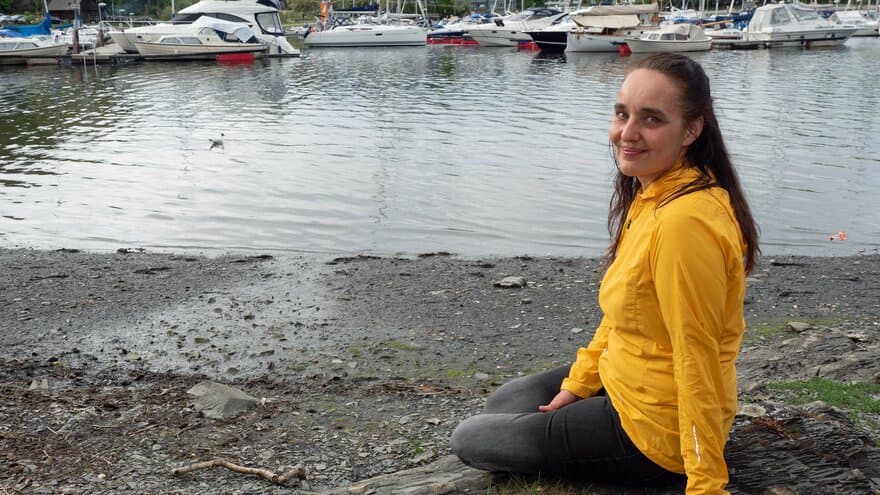Lawns and parks on land – concrete and desert underwater. Elin T. Sørensen is doing a PhD on landscapes created by people under the surface of the sea. She is Norway’s first waterscape architect.
Sørensen is a landscape architect who wears a snorkel at work. Some months before she is due to submit her PhD thesis at NMBU, she is finding that what was previously just an idea for a new field has now made a breakthrough in the municipal bureaucracy.
‘I've defined a new branch of landscape architecture,’ she acknowledges. The waterscape architect has just started work on Norway’s most densely populated seafront in Oslo. She describes her service as ‘marine landscape architecture’.
Knowledge stops
It started with a burning interest for life underwater, with a background as both a landscape architect and visual artist, and with what will shortly result in a PhD with a main emphasis on practical work.
‘I'm interested in the interests of water. Urban development is currently focused on rivers and streams, but not on the fjord environment,’ she says.
She has worked in the field of urban water management herself, i.e. stopping rainwater to prevent flooding and reopening streams that have been hidden away in pipes. ‘But our knowledge and attention stops at the seafront,’ says Sørensen.

A landscape that can handle the future
To show us what she is talking about, she takes us on a walk from Bestumkilen to Frognerstranda. Crossing the Hoffselva river – which actually has enough space to flow into the fjord and is a healthy river, but which is not given much space in the urban planning context – and across to the Frognerelva river. This is a culvert that flows straight into Frognerkilen, without any sort of transition from river to fjord; between fresh water, brackish water and salt water.
There was a flood in Frognerkilen in February. A storm surge. According to Elin T Sørensen, this is a good illustration of why her research is important.
‘How do we create a landscape that can handle what will happen in the future? Frognerstranda is not particularly nice. I think we should create a wetland environment here. Sea birds also use this area, and we need to take them into consideration,’ she says. She talks about the seabed, which has become a lifeless desert, and about the berthing facilities for boats. She compares them to the car park at Ikea at Slependen. The berthing facilities occupy more than half of the blue area and the ‘parking lot’ in Frognerkilen is more than eight times bigger than the car park at Slependen.
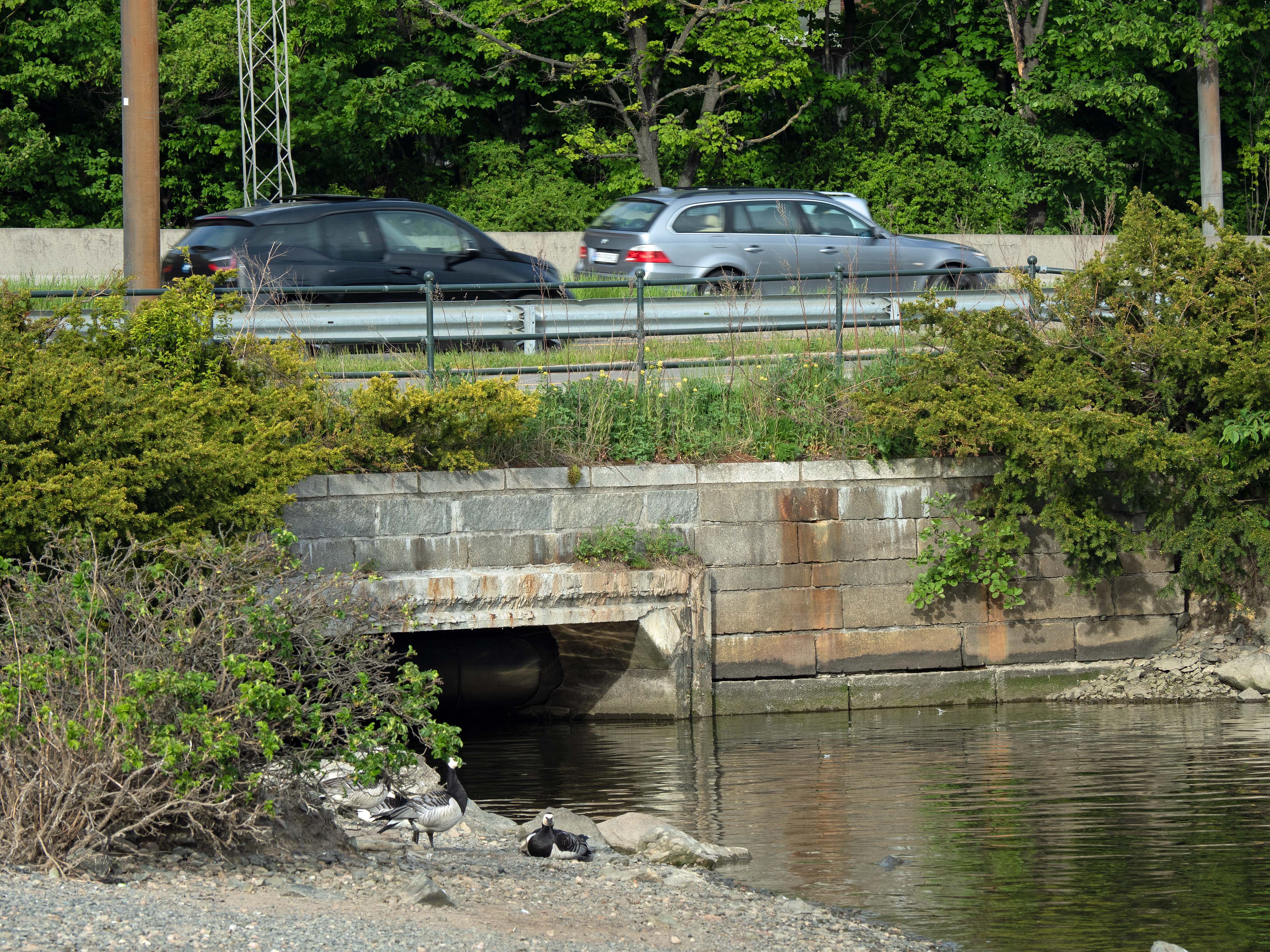
The marine parking lot
‘Almost 60 hectares of Frognerkilen is covered by boats. That would never have happened on land. Parks are part of the nature around us. Sixty hectares covered by cars in a park? That would be unheard of!’ she exclaims. The boats prevent the sunlight from reaching the seabed, where seaweed and eelgrass need it, and they also stop the water from circulating, which is in itself detrimental.
The smooth coastal rocks that inspire Sørensen as both an artist and a landscape architect are located a few hundred metres away on the Bygdøy side of Frognerkilen. ‘Cambro-Silurian rocks consist of layers of clay slate and limestone with great variation in their surface relief. Such surfaces provide ecological niches and great variation in the landscape,’ she explains.
She has brought along plaster-making equipment and taken an imprint of the rock. She has also used photogrammetry, which is a method for putting together numerous images to create a 3D model. ‘We've printed the models in clay. The digital production was funded by ARD Innovation, which NMBU and NIBIO own together, because they saw a commercialisation potential in this work,’ she says.
The results also include a 3D animation that shows what the architectural design could be like when built out in the sea, using the natural smooth coastal rocks and marine nature types as models.
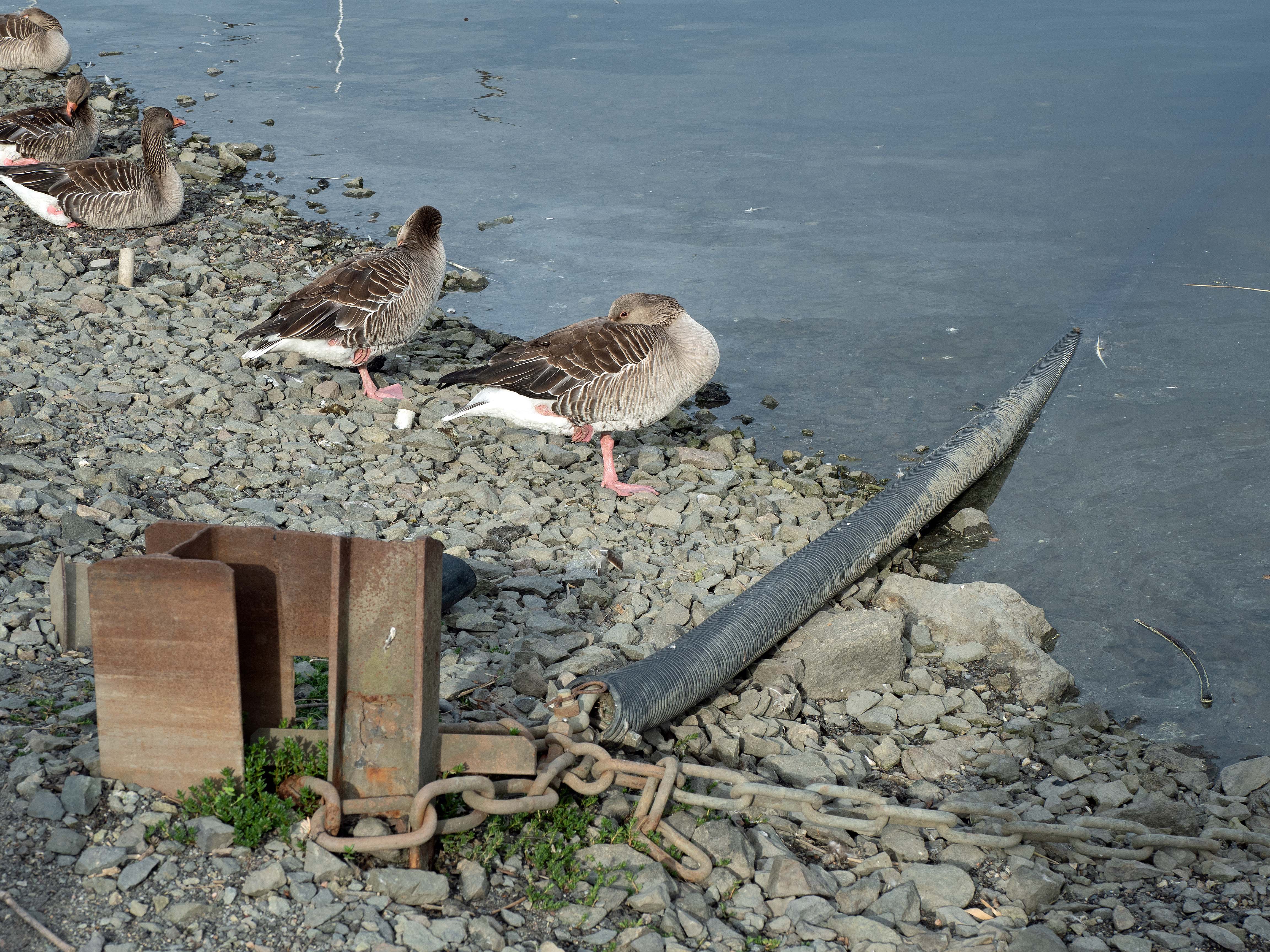
Incorporating nature in the construction process
‘What I want to do is transfer the complexity of nature to urban construction. In our buildings, I want to integrate dwellings for life underwater. Where it is currently monotonous and flat, we can instead mirror these textures,’ she says.
‘Divers call the Inner Oslofjord a seabed desert. Nothing can attach itself to the concrete walls. Here in the natural terrain, however, animals find places to live in the cracks. There is moss on land, and barnacles and mussels underwater. It's about creating good, marine neighbourhoods.’
For Sørensen, who describes herself as a ‘landlubber’, to gain the insight she needed, she had to learn to snorkel and become friends with marine biologists, geologists and life underwater. She describes these as ‘co-creators in an inter-species cooperation’ – marine biologists and geologists, crabs, lobsters and barnacles.
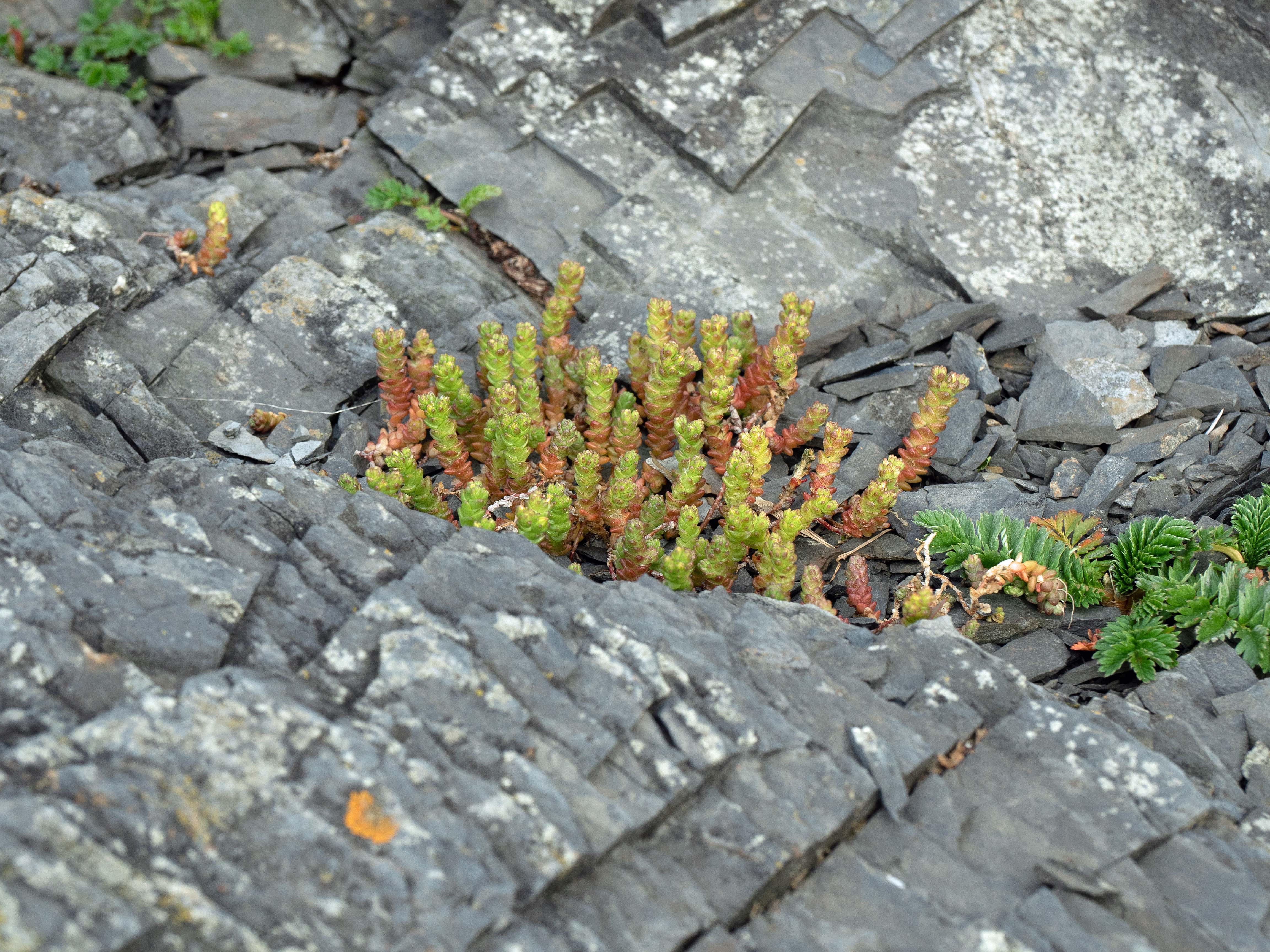
Urban sea report
Projects underwater are nonetheless not a completely new concept. People have previously built lobster hotels and installed mussel ropes. But a holistic philosophy is lacking, according to Elin T Sørensen.
‘It hasn’t been incorporated into the planning from the start. When we build on land, we need to think about green areas, but we don't think about life underwater when we build on the seafront.
Things have started happening even before she has finished her PhD. Sørensen has made sure that she has been visible all the time. She has tested her ideas and argued strongly, both when meeting partners and countering objections.
‘Because we've been so vociferous, we've also been invited to become involved in the process,’ she says. Together with NIVA, the Norwegian Institute for Water Research, she was given the job of writing a report about Oslo’s urban sea areas.
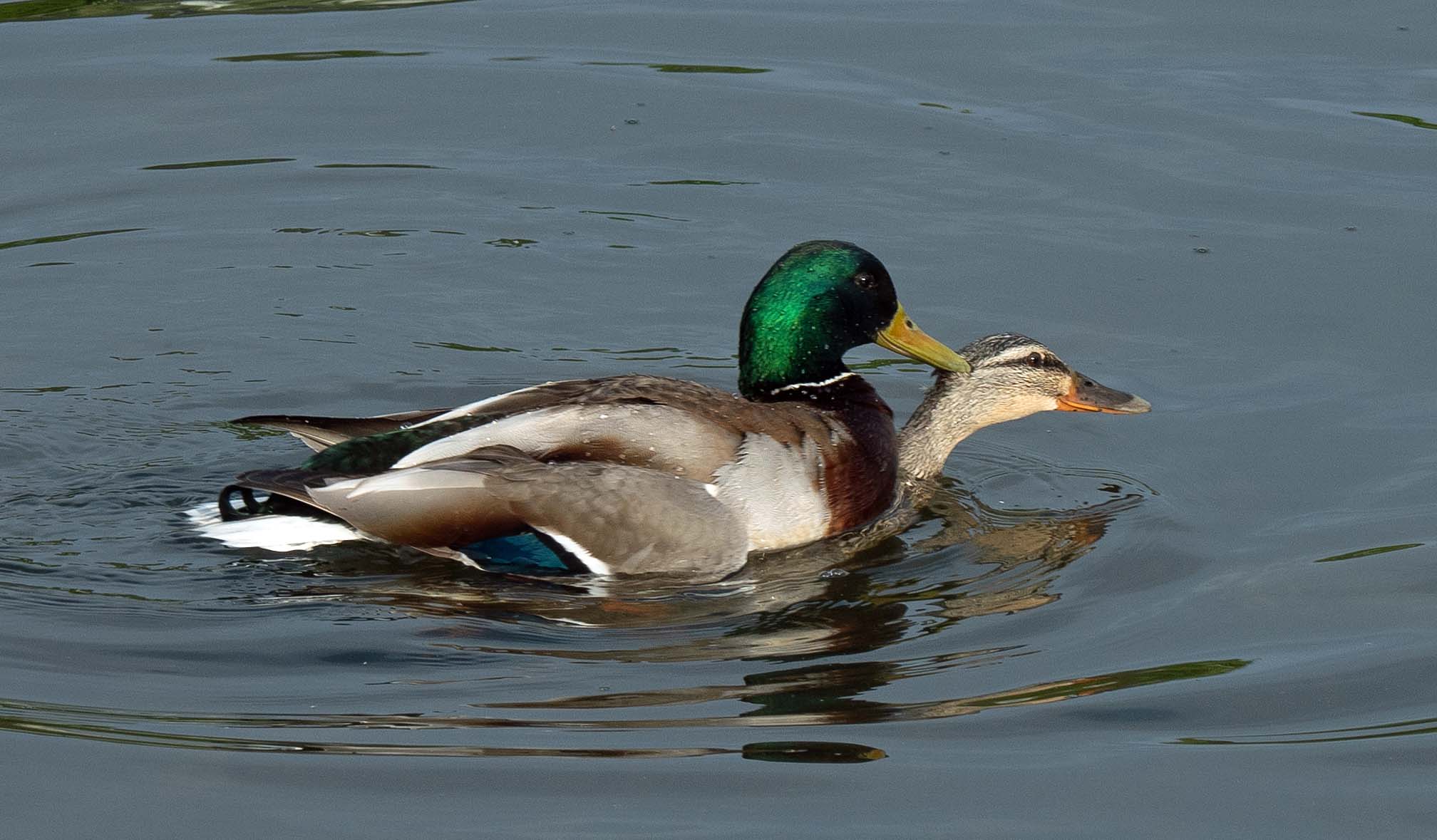
Cleaning the water
‘We suggest repairing and doing something for life underwater. We want to offer these marine organisms a neighbourhood, which will in turn make these areas more exciting for people and bring new life to places that are currently dead. Many of the marine organisms help us clean the water and create a better water environment,’ Sørensen explains.
She compares it to the work currently being done to conserve bees, bumblebees and other pollinating insects. Her aim is to see a fjord equivalent to the network of parks and streams that exist on land.
‘It’s great that things have started to happen and that we've been invited to join in by the municipalities before I’m done. It means that, even if my dissertation ends up in a drawer, the work will live on,’ she says.
This is what it looks like underwater off Frognerstranda beach. Elin T Sørensen shot the film on 9 August 2018 using a Gopro Hero Session underwater camera.
